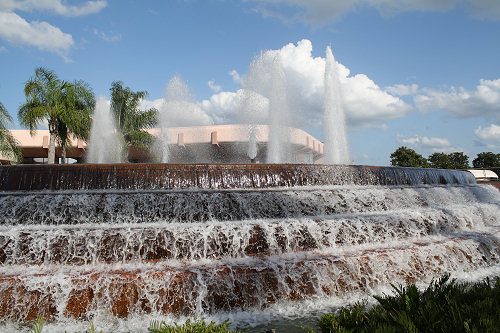Unless my mind isn't working right now (which sometimes happens) the last part is backwards. If an image is properly exposed at an aperture of f/8 with a shutter speed of 1/500 sec and an ISO of 200; if you open the aperture to f/2.8 you're going to let in more light which will overexpose the image if the other settings don't change. Slowing down the shutter will make it even brighter as will raising the ISO. You'd want to increase the shutter speed and/or lower the ISO to keep the image properly exposed at f/2.8.
To the OP, you should check out a book called "Understanding Exposure" by Brian Petersen, it's the standard go-to book for newbies. There are sites on the internet like Digital Photography School & Cambridge in Color that have free tutorials to explain the information, but I don't think they're as detailed as the actual book is.
Like CP_alum said, exposure is just three things, but they all have a dual purpose in how they affect your photographs. Once you learn these things, it'll be easier for you to understand where your current gear is failing you.
You should also understand some of the markings on the lenses, so you know what you're looking at and looking for when you need a new lens.
You mentioned having the 18-55 and 75-300 Canon lenses. I'm going to guess these are the lenses you have?
EF-S 18-55mm f/3.5-5.6 IS II
and
EF 75-300mm f/4-5.6 III
going left to right
EF-S/EF - this refers to the mount, not an issue for you having a crop sensor camera, but if a day comes where you find yourself looking to buy a camera body that costs $2500+ then you'll need to be concerned with this. EF-S lenses are made specifically for the crop sensor cameras and won't fit the full frame cameras. EF lenses are made for the full frame cameras and will also fit on the crop sensor bodies. Being the owner of a crop sensor camera, you can use any of the Canon EOS mount lenses. Third party lens manufacturers will have their own designation for the mount type.
18-55mm/75-300mm - this is easy, the focal length. Some lenses just have one number, those are prime lenses and they don't zoom, they are a fixed focal length. You mention the standard lens not zooming enough, an 18-200 lens will give you the same field of view at the wide end (18mm) and let you zoom to 200 on the telephoto end.
f/3.5-5.6//f/4-5.6 - this is the maximum aperture of the lens. These are both variable aperture lenses, which means that at the wide end, the aperture opens up more (the 3.5 number on your 18-55) at the wide end of the lens and gets smaller at the telephoto end (the 5.6 number on your 18-55). Some lenses have just one number here, these are fixed aperture and for zoom lenses that means they can stay at that maximum aperture throughout the entire zoom range. Prime lenses are always a fixed aperture. On Canon lenses, you might see a letter "L" directly following the aperture, this denotes their "L" line of lenses which is their pro line. These are their top of the line lenses and they cost it.
IS - this is image stabilization, every lens maker has their own term for this.
II/III - this is the version of that lens, in this case the 18-55 is the second version, and the 75-300 is the third.
You might also come across the letters "USM", this is Canon's UltraSonic Motor for auto-focus, it's faster and quieter. Again, third party lens makers are going to call this something different.
I know it's a lot of information, but once you have an idea of the various exposure parameters and you start looking to buy some lenses, you'll be able to read a lens name with no problem. I myself am very much an amateur and for me looking at lenses and seeing the way they're named was like looking into the Matrix for me, but once I learned how to decipher the code it made making lens decisions click for me.



